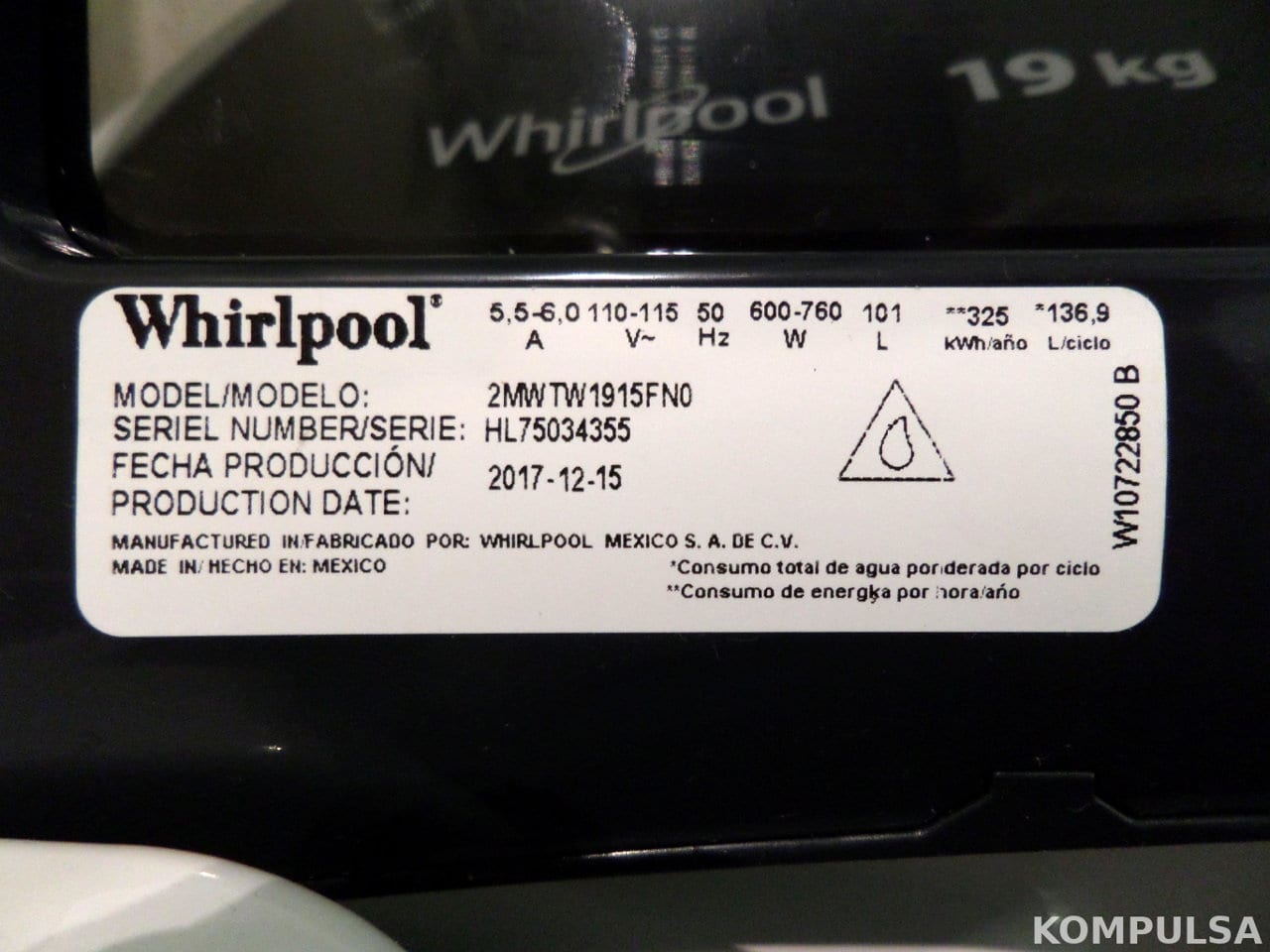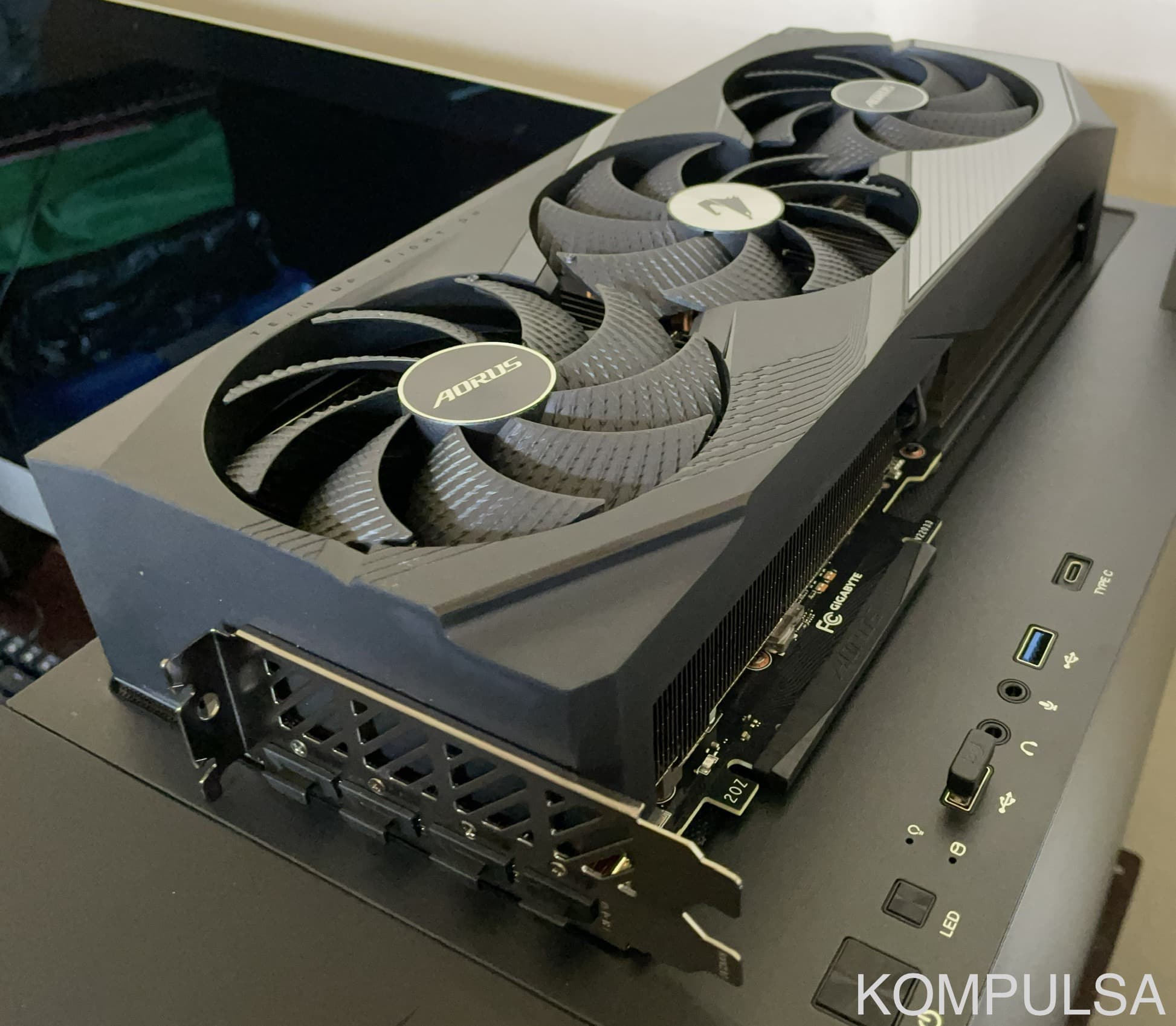Washer power consumption ranges from an estimated 85 kWH to 284 kWh for modern consumer models in the United States and Canada (only those in Kompulsa’s database, so the range could be wider). Most of them under their Energy Star rating systems, and not all are Energy Star models.
The models in that range are top-load and front-load, are not of the inverter variety, and they are not pedestal models. The capacity of the models used for this ranged from 4.4 to 6.2 cu-ft. This article only contains data for usage in the U.S. (for the moment).
The energy usage of washing machines varies significantly with circumstances, therefore all figures provided in this article are estimated, are not guaranteed to be accurate, and are not intended for budgetary purposes. Use the information provided herein at your own risk.
Also note that the information provided in this article pertains specifically to residential washers, not commercial models (unless otherwise stated).
Breakdown Of Washer Power Consumption
When determining the impact that washers may have on your overall energy usage in kWh, it is their cumulative power consumption that matters most. The cumulative power consumption of washers is measured in kWh per annum, and the figures provided in the first paragraph of this article are called cumulative power consumption figures, because they refer to power consumption over time.

On the label above, you’ll see the following key electrical ratings:
- Voltage (denoted by V~): 110-115 Volts.
- Operating Frequency (Denoted by Hz): 50 Hertz. This is designed for use on a grid providing AC power at 50 Hz.
- Amps (Current, denoted by A): 5.5-6 Amps. This is how much current the washer can draw during operation.
- Average Cumulative Power Consumption (denoted by kWh): 325 kWh/year.
- Wattage (denoted by W): 600-760 Watts. This is how much power the washer can draw during operation. Power is equal to voltage * amps * power factor.
How Cycles Contribute To Washer Power Consumption
Washers have multiple cycles, including but not necessarily limited to soak, wash, rinse, and spin cycles. They also need a little time (and power) to fill up with water between each of those cycles.
An anecdotal example of a washer’s power consumption (remember that this doesn’t apply to all washers and does not include periodic swishes to move clothes around while filling or soaking):
- Filling: 9.6-20 Watts (it varies within this range).
- Washing: 300-400 Watts depending on the load.
- Rinsing: 350-600 Watts depending on the load.
- Spinning (the final spin cycle): 350-600 Watts.
To complete one small load (‘Whites’ setting) at a ‘normal’ soil level setting, the 19 kg top-load washer consumed: 0.13 kWh. Strangely enough, the same washer consumed only 0.14 kWh to wash a medium-sized load (‘Colors’ setting) at a high soil level. The soak cycle was used in both cases.
How To Measure Washer Energy Usage Yourself
You can meter the power consumption of your own washer using an indoor (consumer model) Watt-hour meter/energy use meter. These are typically devices that you can just plug the washer into, turn them on, and that’s it!
If using a Kill-A-Watt, GE, or a similar indoor Watt-hour meter, you plug the washer into the meter’s power outlet, and then plug the meter into the receptable that you would normally plug your washer into so that the current passes through the meter, enabling it to take measurements.
If the meter has a timer, I would recommend resetting it before you begin to clear any previous measurements and then just leave the washer plugged into it/follow your usual usage pattern until at least a 7-day week passes.
That way, you’ll get the full picture, i.e. how much it averages after factoring in those busy weekend wash days as well as the slower days during the work week.
Factors Affecting Washer Power Consumption
Washer power consumption is determined by many factors, including load size, configuration (top-load versus front-load), settings, capacity (washer size), age, and other less significant factors.
The effect of load size on washer power consumption is primarily due to the weight of the load. The heavier the load is, the more power the motor will require to turn it. Washer power levels are not deliberately adjusted (except for inverter models), but it is in the nature of some electric motors to draw more current if they are subjected to a heavier load. ‘Load’ in this case refers to the burden placed on the motor.
The effect of capacity on washer power consumption is that larger washers tend to (not always, as some models are more efficiently designed than others) consume more power than smaller ones. This is due to the fact that a larger washer has a more powerful motor to handle more laundry items. You could even consider the (less significant) fact that the pump needs to stay on longer to fill a larger tub.
Power Consumption Of 4 To 4.5 Cubic-Foot Washers
The power consumption of washers in the 4-4.5 cubic-foot range in Kompulsa’s database roughly averages 130 kWh per year. Of those models, the average power consumption of top-load washers is 200 kWh per year, while the average power consumption of their front-load counterparts is 94 kWh per year.
Front-load washers do tend to consume considerably less power than top-load models. Always bear in mind that a washer is a long-term investment, so you’ll have to make the tough decision of weighing ease of access (depending on your laundry room configuration) and energy usage.
Power Consumption Of 4.5 To 5 Cubic-Foot Washers
The power consumption of 4.5 to 5 cubic-foot washers in Kompulsa’s database roughly averages 124 kWh per year. Of those, the top-load models average 150 kWh per year, and the front-load models average 103 kWh per year.
Power Consumption Of 5 To 5.4 Cubic-Foot Washers
The average power consumption of washers in the 5 to 5.4 cubic foot capacity range in Kompulsa’s database is an estimated 182 kWh per year. Of those, the top load washers averaged 199 kWh and the front-load models averaged 125 kWh per year.
The washer brands were LG, Samsung, Kenmore, Whirlpool, and GE.




